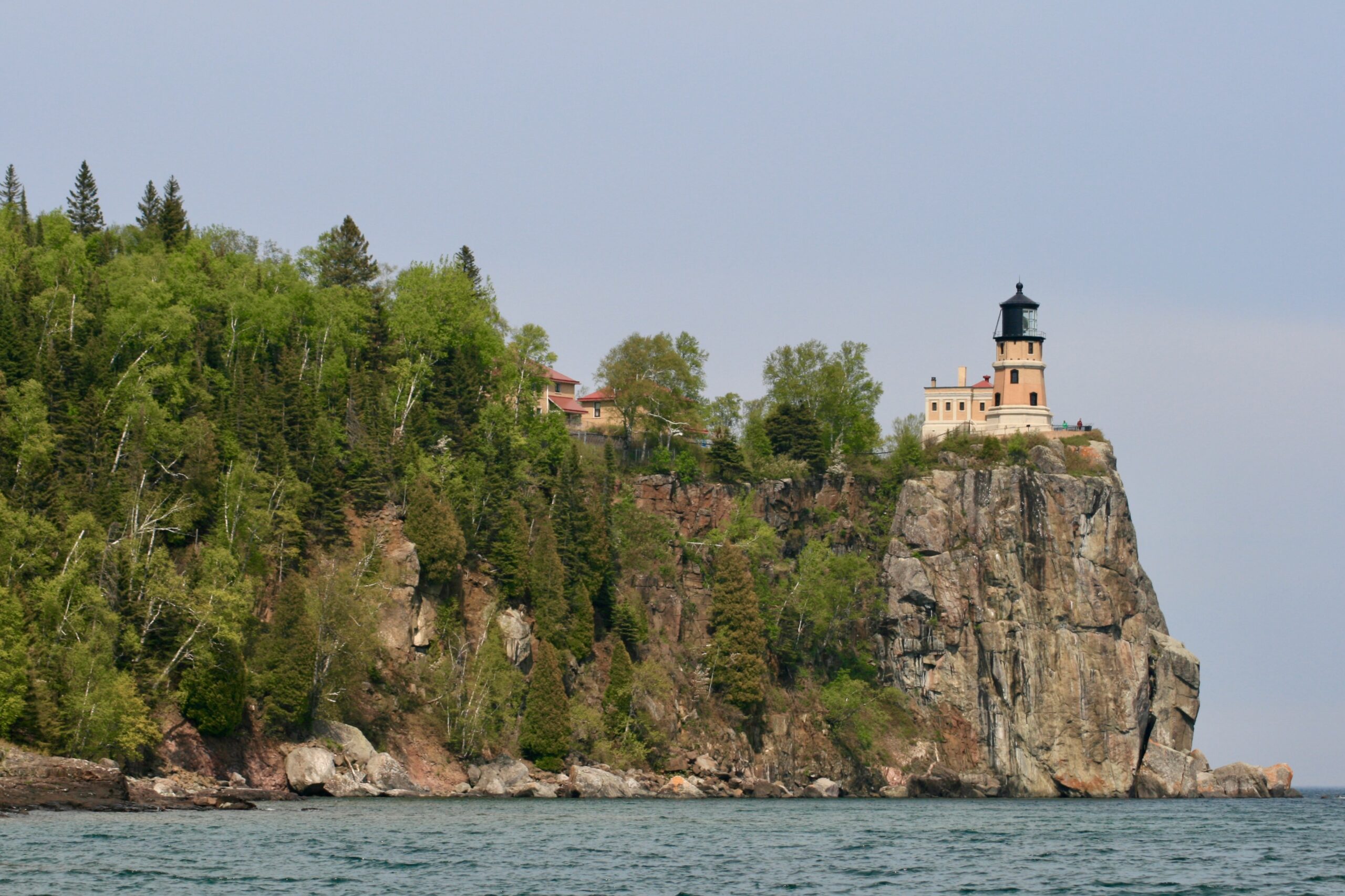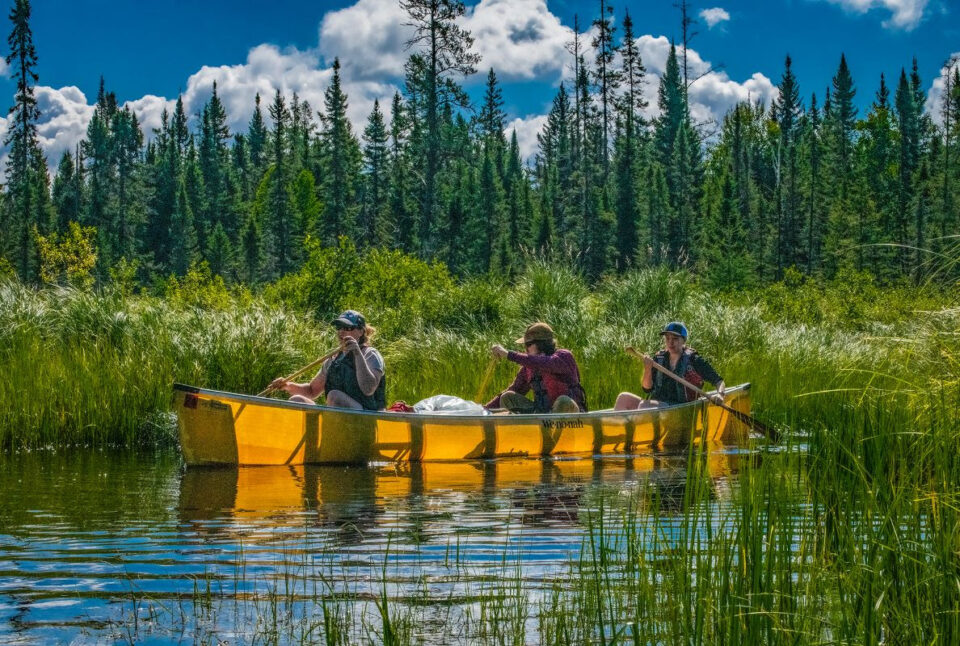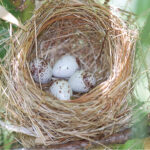A baby born in 2004 went from diapers through puberty to the working world of adulting—in two decades filled with change, good and bad.
Residents and visitors to our Northern Wilds have seen fundamental changes in the last 20 years, good and bad—depending on perspective.
In 1990, the combined population of Cook and Lake counties was 14,307. By the beginning of this century, it had increased to 16,226, growing more than 13 percent. Estimates for 2023 put the number of full-time residents only slightly higher.
Lake Superior and the Arrowhead region offer unparalleled beauty and accessible wilderness. Still, four notable changes have occurred in the last 20 years to impact the region’s culture and environment.
While locals and visitors warmly embraced some of these changes, others have met with less enthusiasm, highlighting the region’s diverse opinions and experiences.
Transportation
Minnesota Highway 61, an All-American Road scenic byway, is the main artery through the Arrowhead that starts in Duluth and terminates at the border with Canada near Grand Portage. Its 150-mile route was commissioned almost a century ago and was fully paved by 1940. It carries products from groceries to building supplies between communities along the North Shore, and countless automobiles.
Over the last 20 years, the Minnesota Department of Transportation has resurfaced the highway, straightened the most dangerous stretches, and improved its ability to handle increasing traffic.
Bypass lanes at turnoffs to the seven state parks in the region keep traffic moving smoothly. Frequent wayside rests built along the roadway provide needed stop-offs for weary travelers. Shoulders have been created in many sections and widened along much of the road to allow safe exit from traffic lanes. Bridges have been replaced and updated.
Not to be outdone, the Minnesota DNR has constructed safe harbors of refuge for boaters along the North Shore. The DNR also spearheaded the Gitchi-Gami State Trail, a non-motorized, paved recreational trail between Two Harbors and Grand Marais alongside Highway 61. Several segments of the trail, totaling over 34 miles, are complete. When finished, the trail will be 89 miles long.
Tourism
Improved highway transportation means easier access to Arrowhead destinations.
Tourism has always been a part of the northland’s economy. Small, family-owned resorts dotted the many lakes in the region, attracting fishermen, hunters, and families looking to escape the pressures of city life for a week or two.
Local developers built motels and hotels in cities and towns from Duluth to Thunder Bay to accommodate travelers looking for lodging on the shoreline.
By 2010, Visit Cook County became the official destination marketing organization (DMO) for the county’s tourist businesses. Lovin’ Lake County serves the same role. Funded by lodging taxes earmarked explicitly for tourism promotion, both DMOs have put the North Shore near the top of favored destinations in Minnesota.
Many people claim the Arrowhead as their favorite place to visit.

Rebecca Wainscott of Wisconsin first discovered Grand Marais in the early 1980s and visits it a few times yearly. “Artist Point is a sacred place for me,” Wainscott said.
The most significant difference she has seen in the last 20 years is the number of people visiting at any given time. She plans to arrive early in the week when visiting and always stays on a Sunday to avoid traffic delays.
She doesn’t resent the crowds. She’s happy to see more people enjoying what she enjoys. “I will adapt to the people,” Wainscott said. “For me, it’s that special along the shore.”
Keith Kuckler, a retired cabinet maker and long-time resident of Grand Marais, sees a mixed bag when he looks at tourism. He walks daily with his beloved Corgi, Daisy, on the Gitchi-Gami Trail. Like many residents of the towns along the shore, he is selective about when he goes into town to minimize or avoid the aggravation of congestion.
Kuckler is nostalgic for the days when lake cabins were small, mostly seasonal places, while acknowledging that he made a living over the last two decades working on high-end, year-round homes that replace many old cabins.
“I guess the biggest thing is the shift in scale the last 20 years,” Kuckler said. “From family-owned resorts to industrial tourism and from cabins to McMansions.”
Larry Dean, a retired realtor living in Grand Marais, sees the positive side of tourism. “I like the energy of the crowds,” he said. “During the summer, I often take my evening walk through the Recreation Park road loop. Watching families sitting by the fire or throwing rocks in the lake makes me smile.”
Fiber Optic Connectivity
Around 10 years ago, Arrowhead Electric in Lutsen started building a high-speed, fiber optic network to connect all its Cook County members to the worldwide web. Much of the area is connected, but not all. Arrowhead is building out its fiber network to the remote regions of the northeast part of Cook County this summer.
Whether shopping online, connecting on social media, or streaming content, people who call Northern Wilds home have seen a profound change. During the pandemic, schools and parents found widespread internet access enabled teaching to continue online.
High-speed internet in Cook and Lake counties means there is an explosion of opportunities to work from home, making living and working in the Arrowhead a feasible lifestyle choice.
Along with a proliferation of cell phone towers, making mobile phone service available almost everywhere, access to the internet has been a significant change in the last 20 years.
“The Halo Effect” of Tourism
Tourism scholars have coined the phrase “The Halo Effect” to describe people who decide to invest in a second home or relocate to the place they love after visiting as tourists.
The halo effect of our Northern Wilds attracts three types of newcomers: those buying to add vacation rentals, mid-career professionals who can work from home, and people looking to get out of the city and retire or semi-retire to the woods and lakes of the North Shore.
According to the Minnesota State Demographic Center, in 2003/4, the median sale price for a home in Cook County was $174,000; in Lake County, it was under $100,000. Twenty years later, the median sale price in Cook County more than doubled, increasing 126 percent. Lake County saw an even more significant increase, up 150 percent in 20 years.
Northern Wilds Magazine
Founded by the late Shawn Perich and current publisher Amber Graham, Northern Wilds is a monthly magazine celebrating the lifestyle of Lake Superior’s North Shore, the Boundary Waters, and northwest Ontario. It features news, a calendar of events, monthly columns, and some of the best outdoor photography.
Change is a fact of life, and most say we don’t like it.
The babies born this year will proceed from Pampers through puberty to adulthood in the next two decades. Stay tuned to Northern Wilds. We’ll be here through all the changes.




